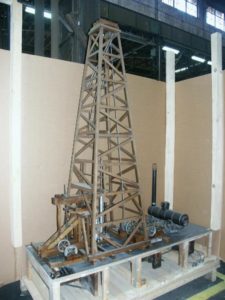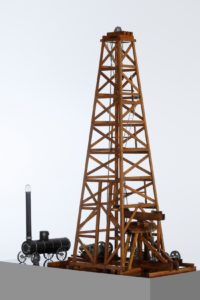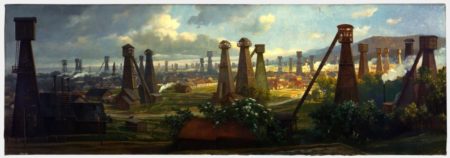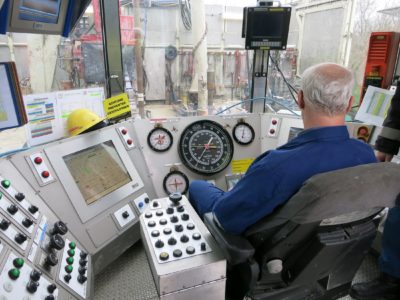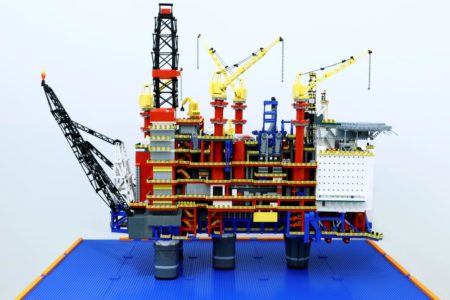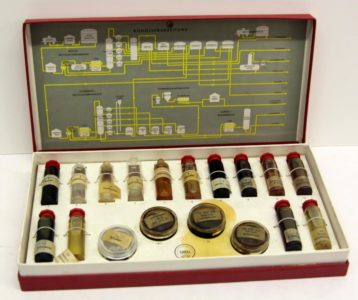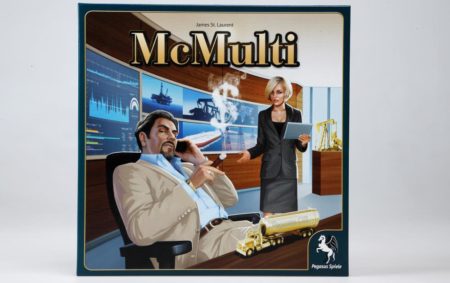Workshop XVI, Bernhard Schmidt, 19 November 2020
Bernhard Schmidt is a natural scientist, museum educator and head of the Vienna Technical Museum’s Energy & Mining division since 2012. While he is very much engaged with sustainability and environmental issues, his first job in his role was a redesign of the exhibition on oil & natural gas. This redesign was made possible by a cooperation with OMV Aktiengesellschaft on the project, who were keen to promote a new image for the oil industry. It took one and a half years to develop and opened in 2014.
Their research led Bernhard Schmidt and his colleagues to look for potential exhibits in the vast storage facilities of the Vienna Technical Museum, in the small old oil museum in Neusiedl an der Zeya, which donated some objects, and even at an OMV drilling site for natural gas in Austria. There the team could observe the drilling operations and safety procedures. Bernhard Schmidt describes how the site is now perfectly invisible again, as OMV actually took care to leave as little contamination as possible in the environment.
To structure the exhibition, seven key locations and topics of significance to the oil and gas industry were identified. The first one, Zistersdorf, is a key site for oil exploitation in Austria. It plays a significant role in Austria’s early history of oil which dates back to the late 19th century when the Habsburg Empire was the third most important oil exporter worldwide. A 1910 painting by Reinhold Völkel provides a visual account of the disruption that the infrastructure for oil extraction caused to the natural landscape back then.
The second location, Gullfaks, an oil and gas field in the Norwegian sector of the North Sea, represents offshore drilling and its natural impact. The Italian harbour town of Trieste illustrates the international oil market with the arrival of crude oil by sea. From there the oil travels through a pipeline to the OMV’s oil refinery in Schwechat, another key location of the exhibition. This segment of the exhibition also features a historic case of probe samples by Shell for educational purposes from the Technical Museum’s storage. Students had to be able to identify samples by colour, viscosity and smell. Kaiserstrasse, a street in Vienna, exemplified what oil is used for in everyday urban life, including heat, power and the making of materials like plastic. We have not been able to find a substitute. which can fulfil all these functions.
While the emphasis of the previous exhibition was on technology, the redesign acknowledges the political and human aspects: “without humans, we don’t have technology”. In terms of the museum’s representation of energy sources, renewable energy and the oil industry must strike a balance as “we haven’t transcended oil yet”.
Vienna Technical Museum I OMV I safety I contamination I Zistersdorf I Habsburg Empire I Schwechat I balance
